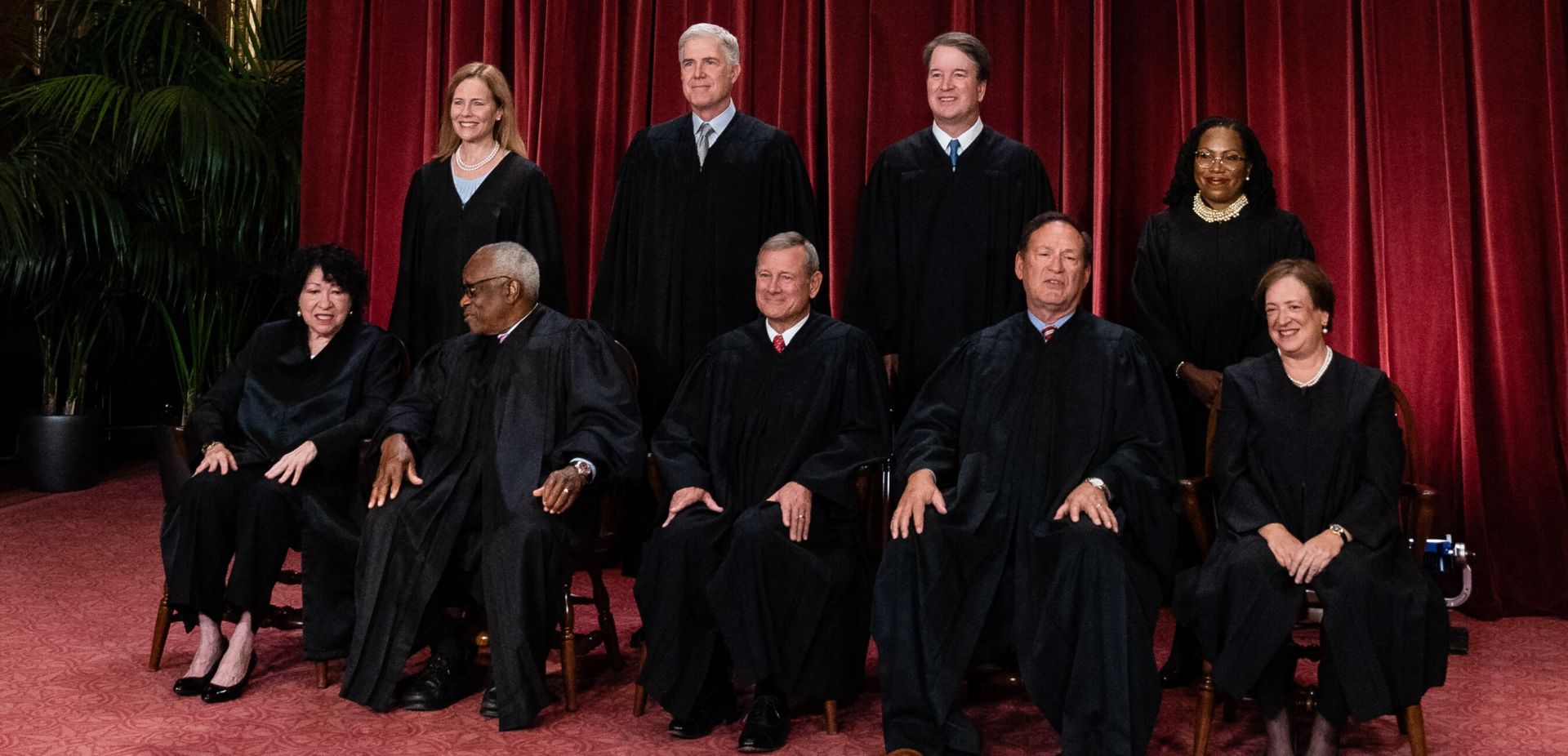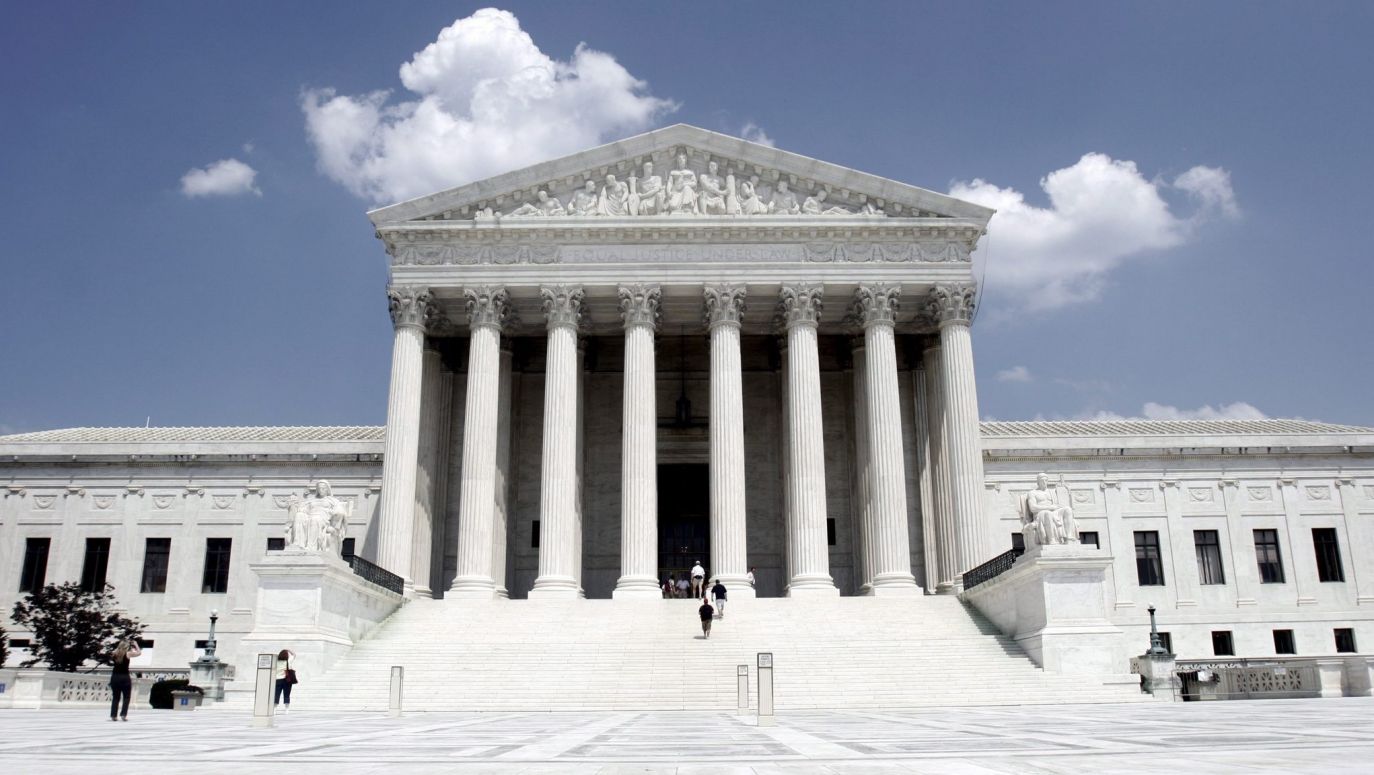It was President Franklin Delano Roosevelt who had to deal with Chief Justice Hughes, as he introduced additional elements of the welfare state and strengthened central power in the United States. In 1937, Roosevelt tried to bypass the opposition of the Supreme Court by legislatively granting the president the power to appoint an additional judge for each judge over the age of 70 who did not resign. The number of judges is not constitutionally specified, but FDR went one step too far, and the interested parties themselves overturned the unconstitutional law. Over time, however, Roosevelt, serving as president for a record-breaking 12 years, took over the Court in a simpler way by appointing more of “his own” judges. This work was completed by Vice President Harry Truman in his fourth term, who assumed the role of head of state after FDR’s death in April 1945. In total, the two Democrats held the White House for 20 years, replacing all the Supreme Court judges with supporters of the New Deal. As a result, Roosevelt did not have to change the law to influence public order – even from beyond the grave!
Observing the Supreme Court of the United States is somewhat like observing the cosmos. The decisions of politicians appointing judges have serious consequences, but we see them with a delay – just like what happens light-years away from us. The most far-reaching changes introduced by the Supreme Court in old America, which was predominantly dominated by white Anglo-Saxon Protestants, came not during the administrations of Roosevelt and Truman, but during the subsequent two decades. At the helm of the revolutionising Court stood Earl Warren, the first nominee of the newly elected Dwight D. Eisenhower, who had previously served as the Governor of California for 10 years. The 1950s and 1960s, under the “Warren Court,” brought, among other things, the prohibition of racial segregation in schools, universities, and transportation, the requirement to allow racially mixed marriages, the ban on official (though voluntary) prayers or the reading of the Bible in public schools, and the prohibition of restricting the sale of contraception. The Supreme Court even officially declared the refusal to recite the Lord’s Prayer in public schools as unconstitutional. Also, the familiar phrase heard during arrests in American movies, “You have the right to remain silent. Anything you say can and will be used against you. You have the right to an attorney present during questioning. If you cannot afford an attorney, one will be provided for you,” is the work of the Warren Court.
 SIGN UP TO OUR PAGE
SIGN UP TO OUR PAGE 
In many of its decisions, the Supreme Court, under Chief Justice Warren, was guided by the Fourteenth Amendment to the Constitution, which was introduced in 1868 as part of the abolition of slavery and the inclusion of African Americans into the nation. Its key passage reads: “No State shall make or enforce any law which shall abridge the privileges or immunities of citizens of the United States; nor shall any State deprive any person of life, liberty, or property, without due process of law; nor deny to any person within its jurisdiction the equal protection of the laws.” It was based on this sentence that in 1973 – after Warren’s departure – the constitutional “right to abortion” was derived, depriving states of the ability to protect the lives of the unborn, even if their citizens advocated for it.
On the same basis, in 2015, the Supreme Court – by a narrow margin of 5 to 4 – imposed “same-sex marriage” on all 50 states, supposedly deriving it from the right to due process and equal protection under the law. This was despite the fact that referendums had previously been held in 32 states, where citizens voted to maintain marriage as the union of one woman and one man. Only in one state – Maine – was “same-sex marriage” adopted in a citizen vote.
When the Court (by a majority of five votes) imposed it on society, the media, politicians, and popular culture on a massive scale, they brainwashed the recipients, convincing them that it was not only an obvious, necessary, and just decision, but one that arose from the views of Americans and their “most fundamental values.” Values that apparently had been ignored for the previous 240 years but were now discovered – neither President Barack Obama in 2008 nor his rival for the Democratic Party nomination, Hillary Clinton, publicly declared a desire to redefine the institution of marriage. Again, such a controversial change did not have to be carried out by the legislature or signed by the president. It did not even have to be the subject of public debate since the task was taken on by the judges, including those appointed by Obama.
The Supreme Court has become the collective emperor of the United States – more powerful than the president, the legislature, and the majority of citizens – with the ability to arbitrarily interpret the provisions of the Constitution and shape public order at will. Each nomination of one of the Nine Lifelong Pontiffs of the Republic has become a major political event, with the ability to influence it being a key attribute of the president. It should be remembered that in the American context, the president and the majority in the Senate often come from different parties, which necessitates compromise nominations. However, the judges themselves, while serving their lifelong terms until death or voluntary resignation, are fully independent of politicians once they are appointed and confirmed. Often, relatively young individuals in their 40s or 50s are chosen, with the prospect of serving for many decades. The oldest judges are encouraged to resign when “their” party controls the White House and the Senate, allowing for a longer-term appointment to the position.
A specific media-pop-cultural aura has also developed around the Supreme Court. Both sides of the fundamental dispute began to idolise their most “loyal” and trusted judges. Countless films and books have been produced, and today thousands of memes portray judges as (anti)heroes. The icon of the left was Ruth Bader Ginsburg, a progressive feminist of Jewish descent. For the right, the stars today are Clarence Thomas – a steadfast conservative African American who has served on the Court for 32 years – and Amy Coney Barrett, a Catholic mother of seven. The media closely monitor the health of all judges, who must deal with constant pressure from politicians, legal circles, journalists, and often aggressive protesters outside their homes.


 SIGN UP TO OUR PAGE
SIGN UP TO OUR PAGE 





